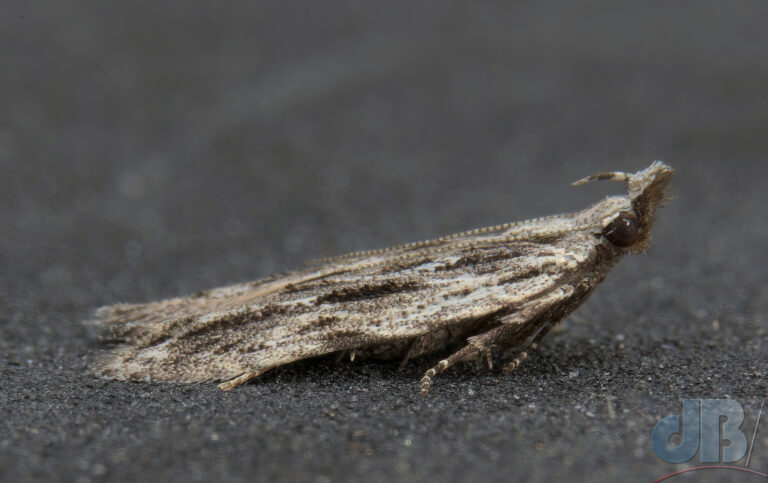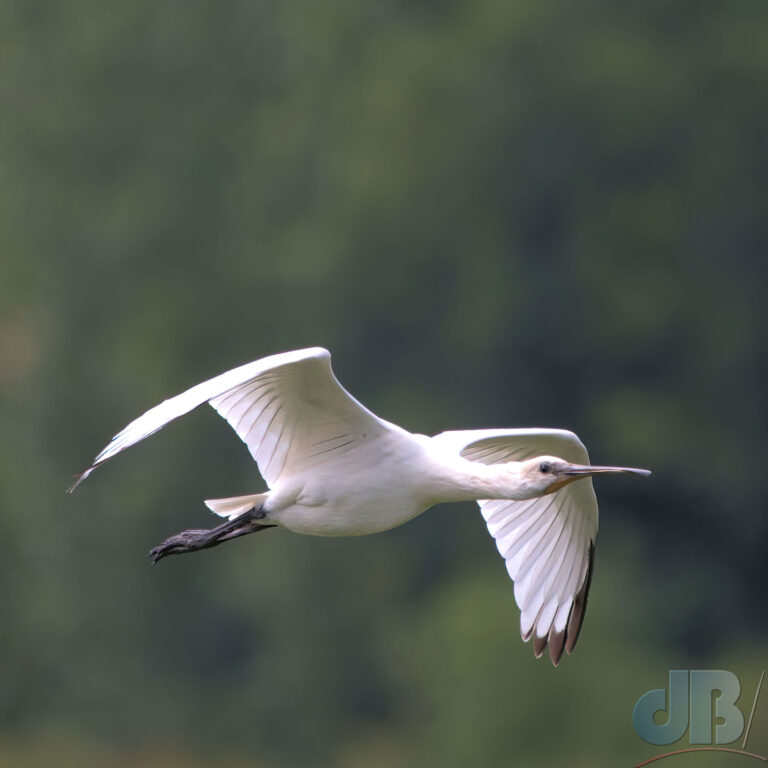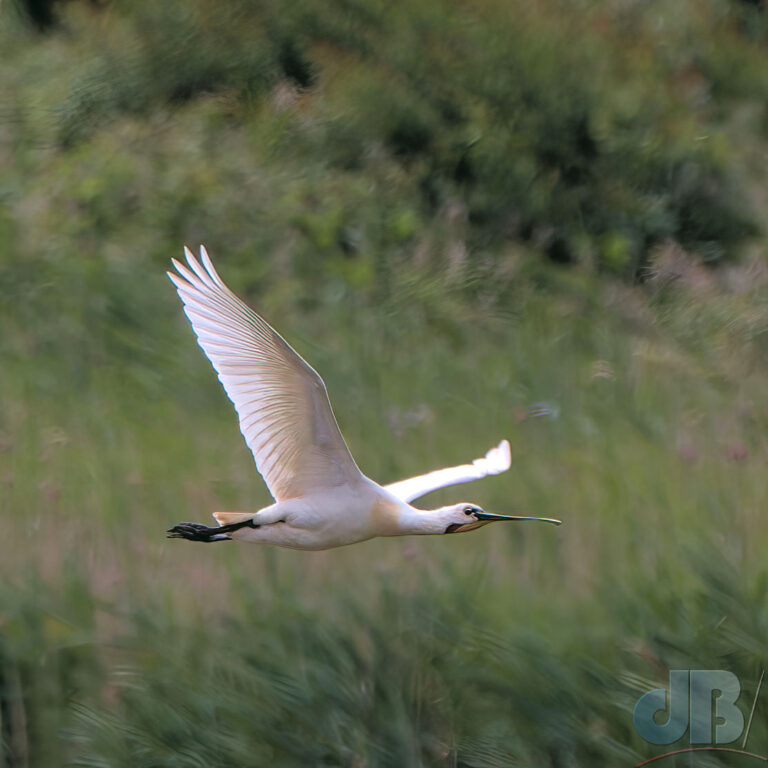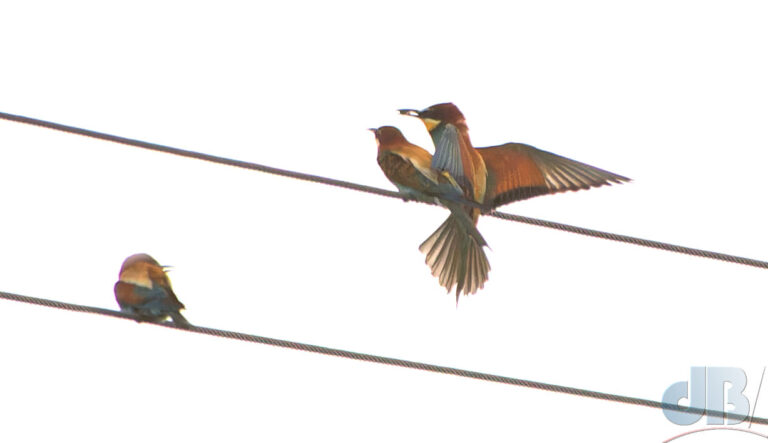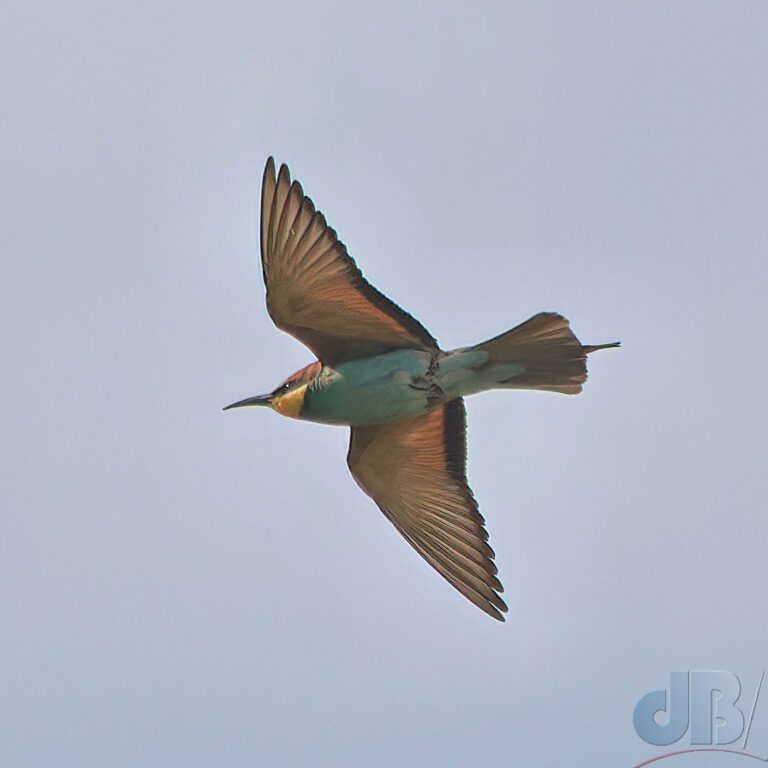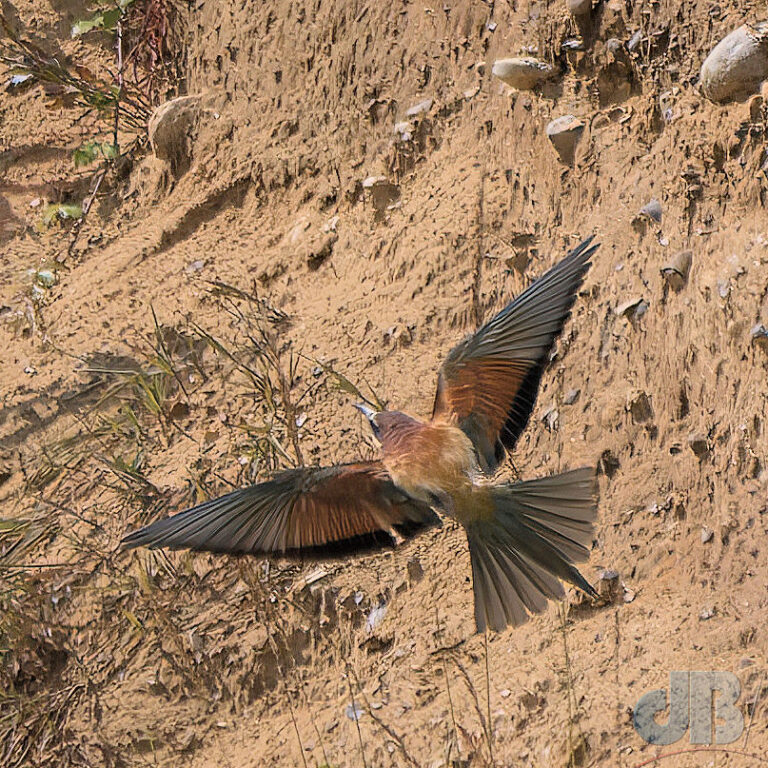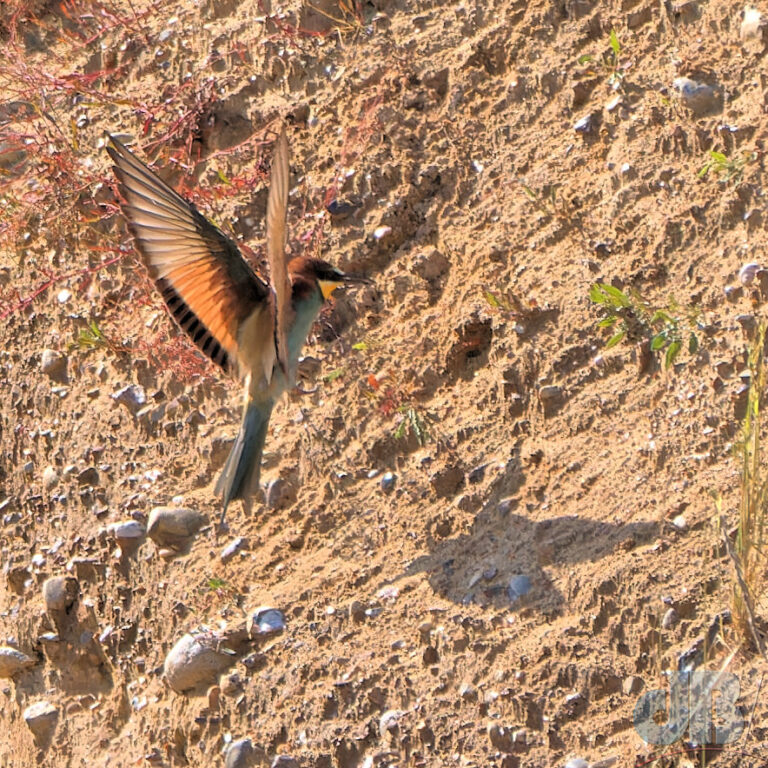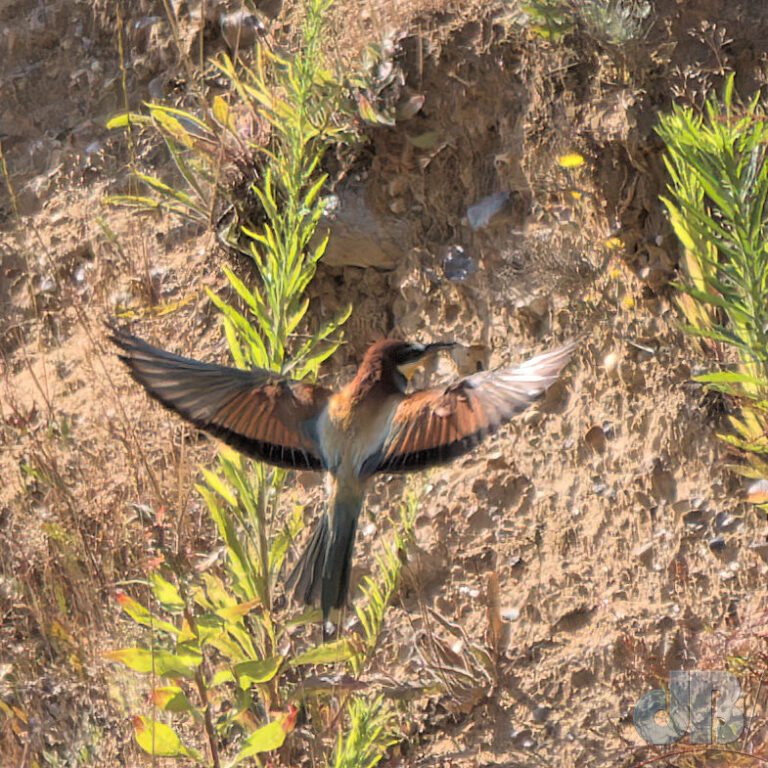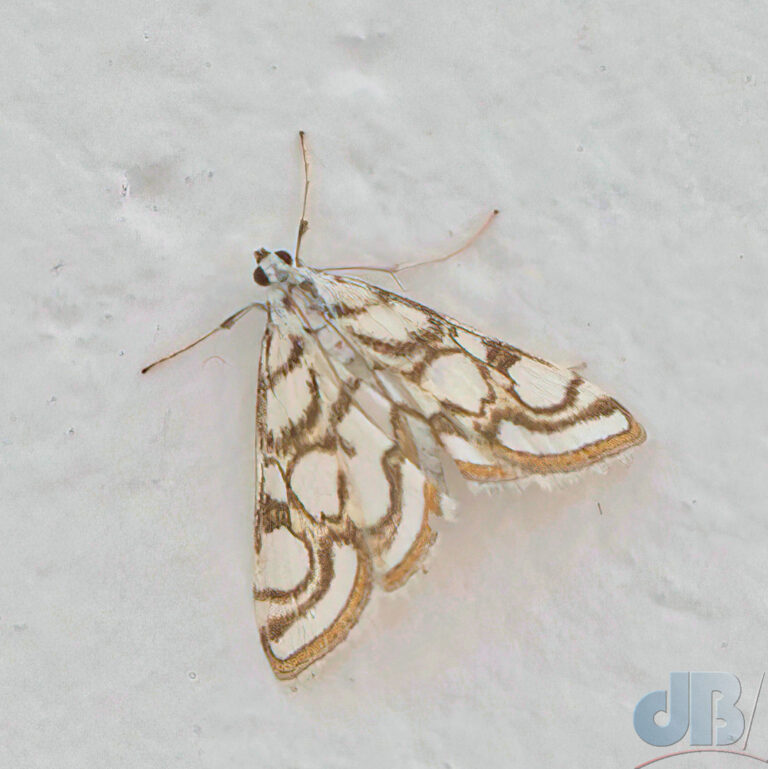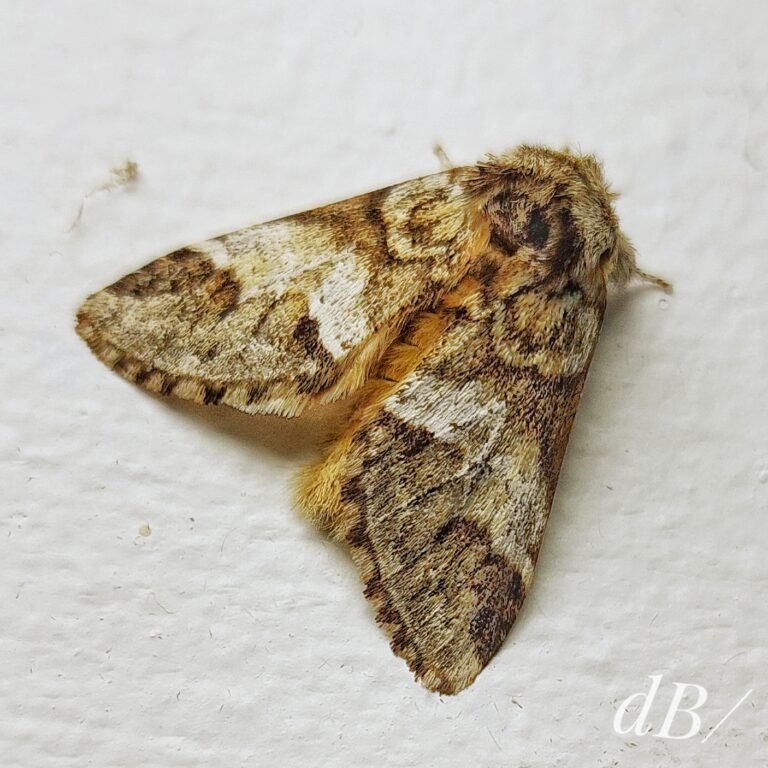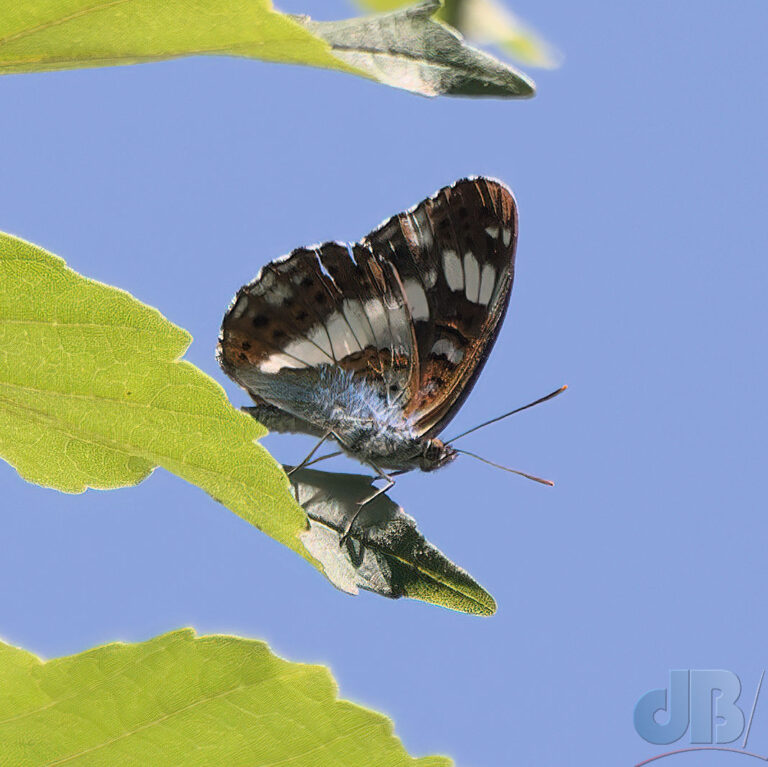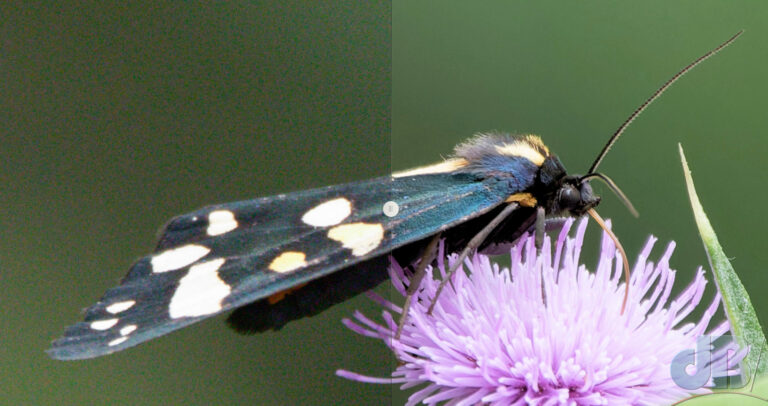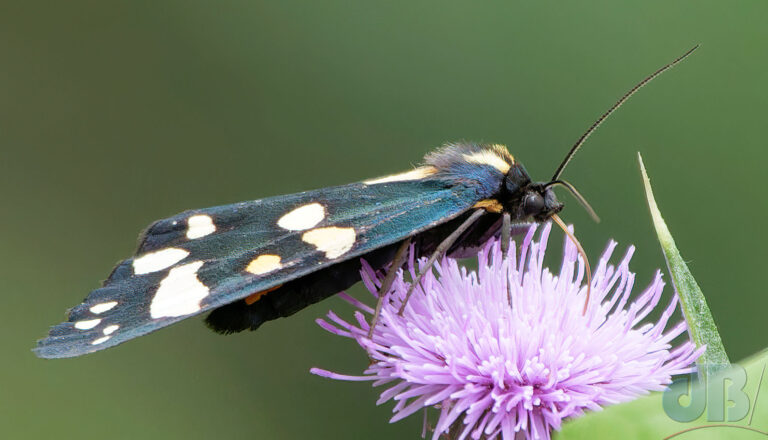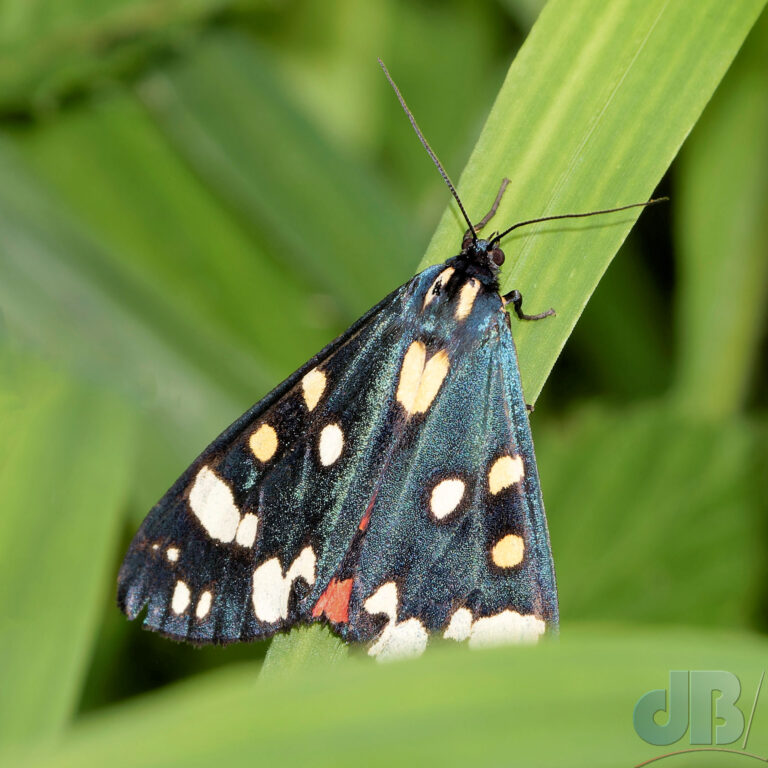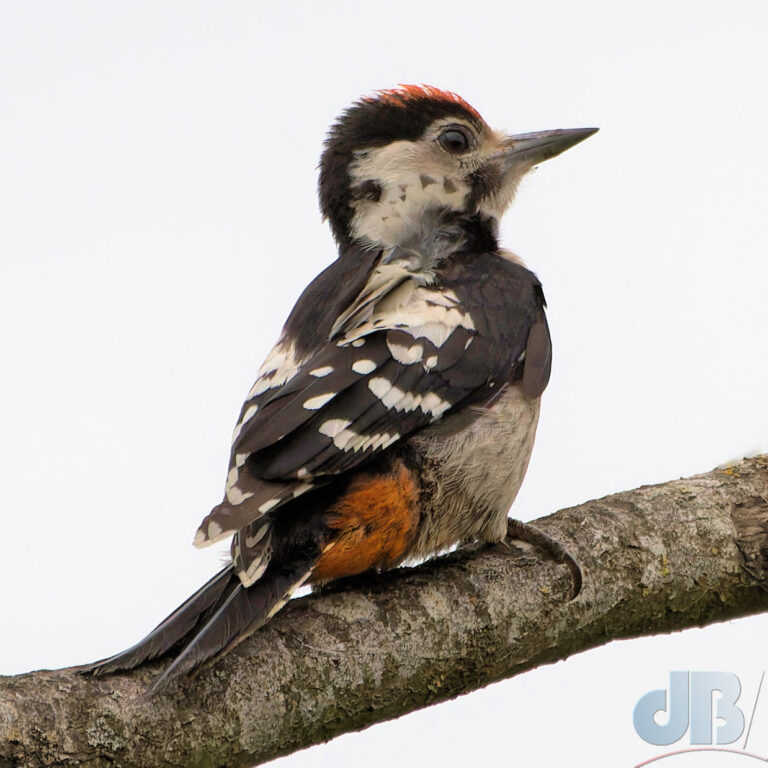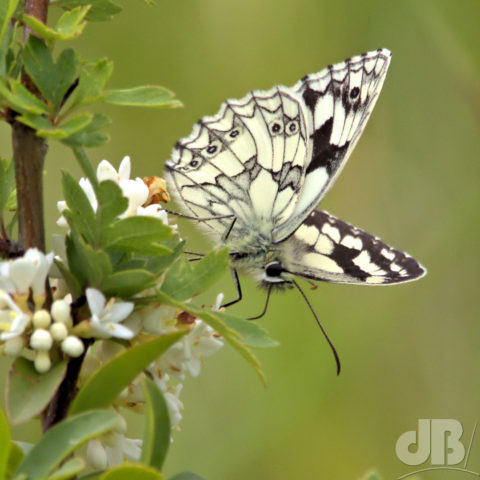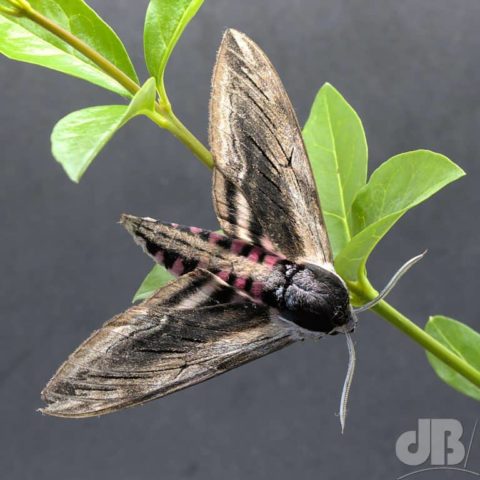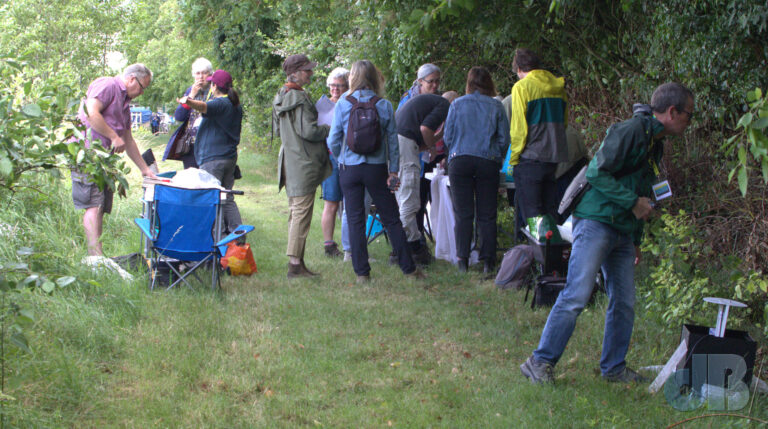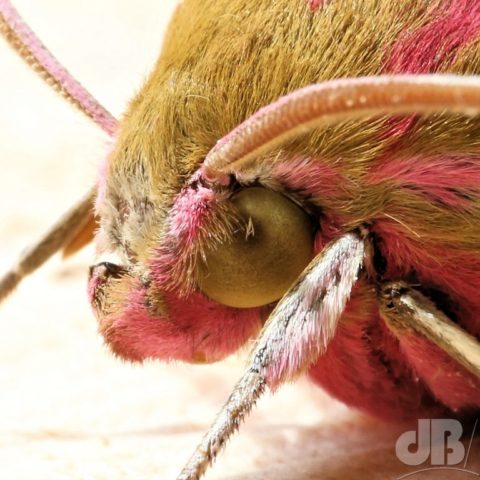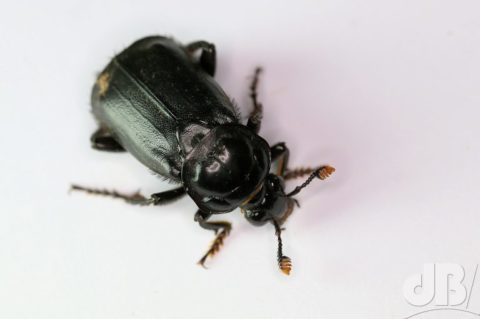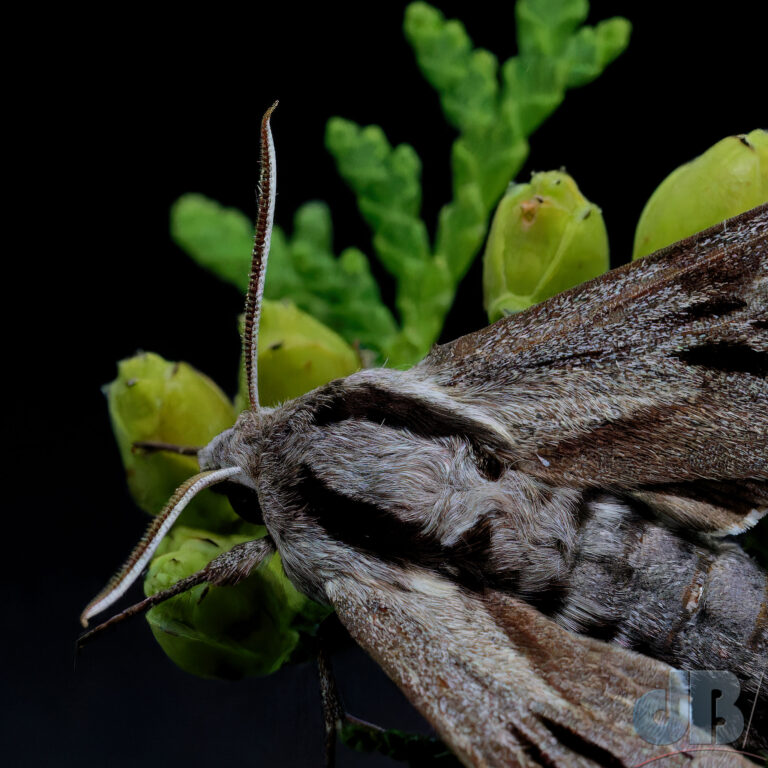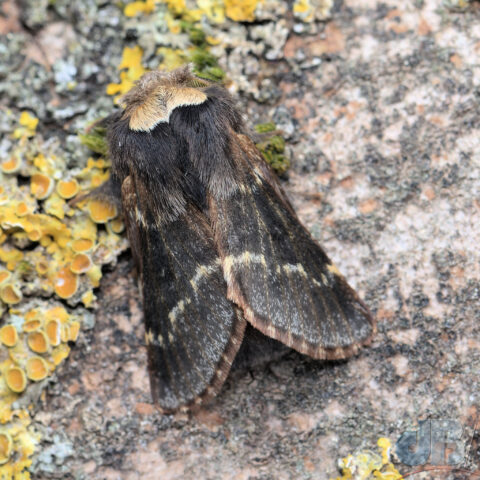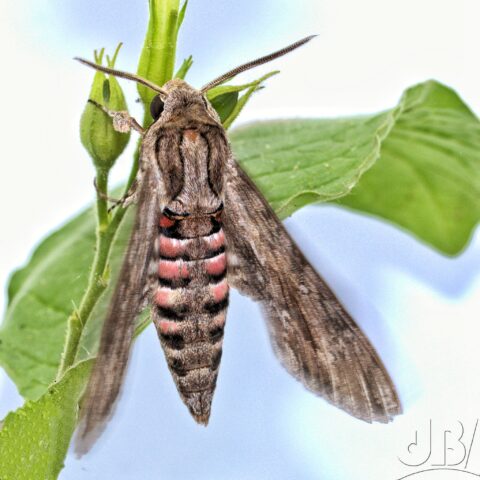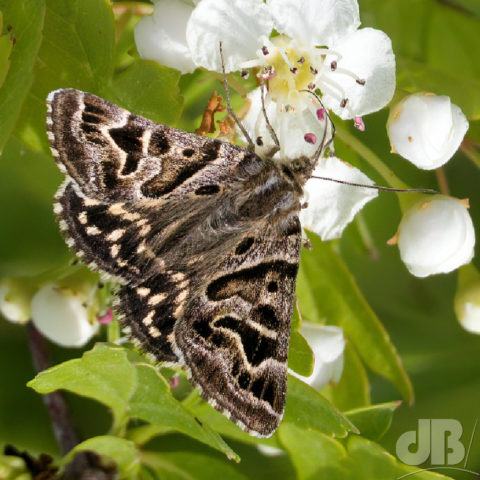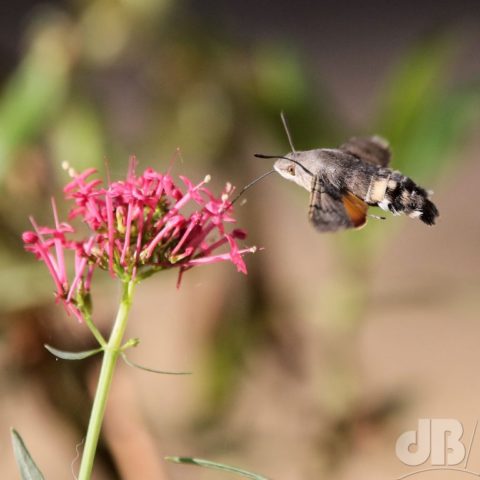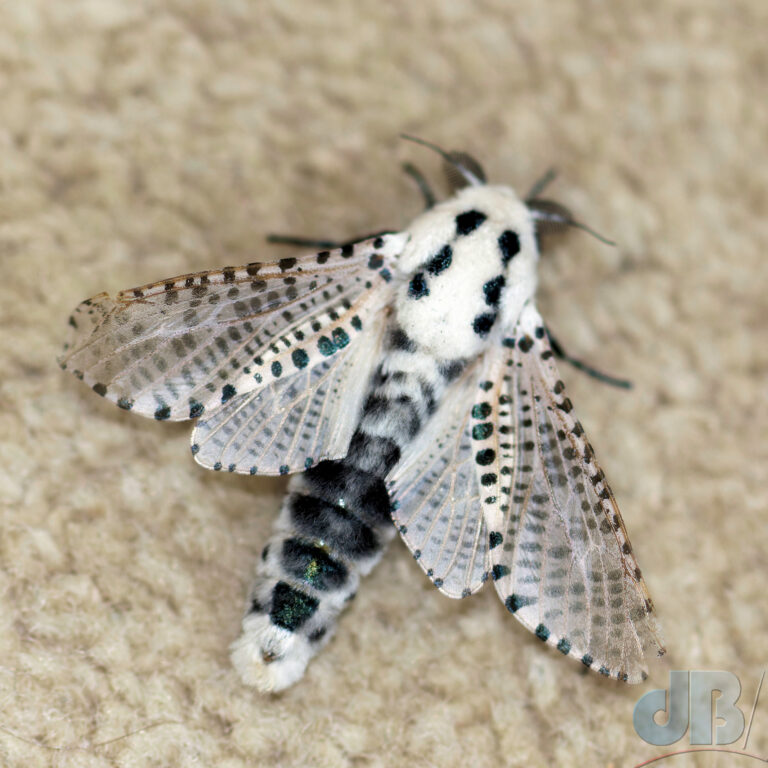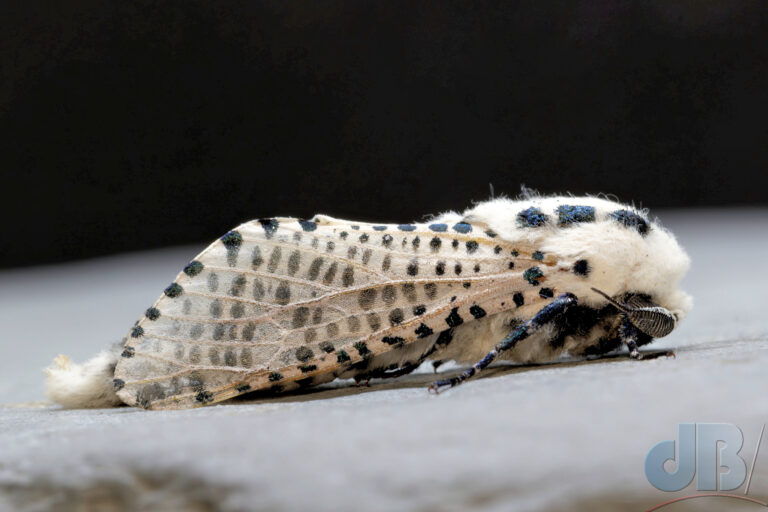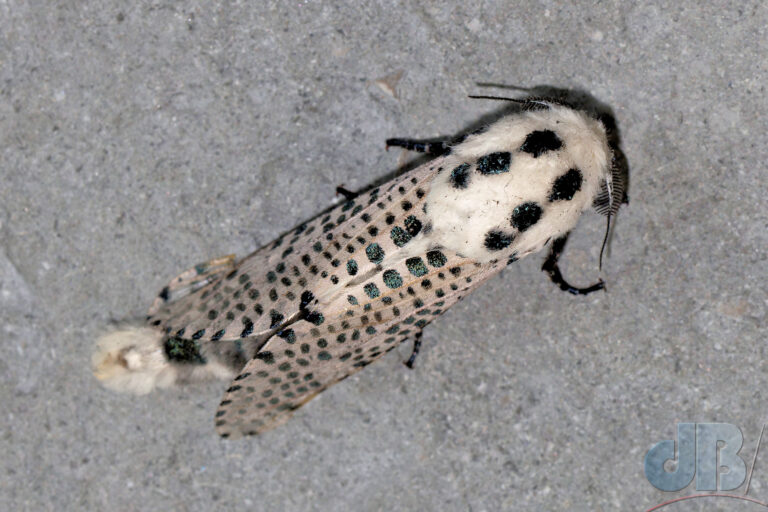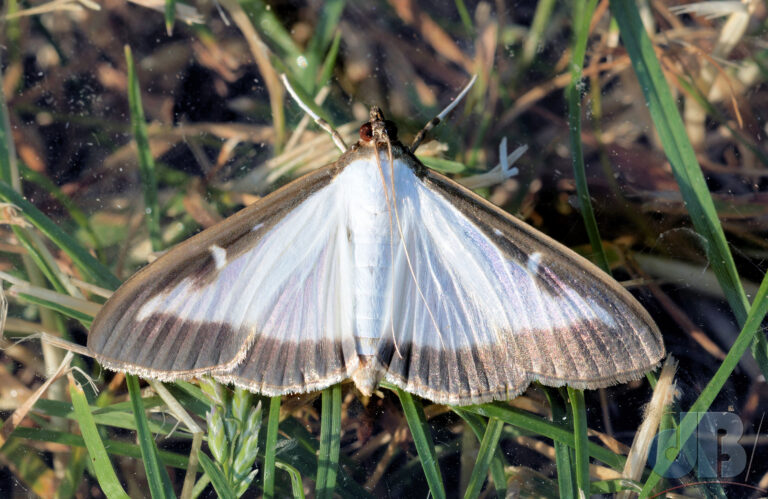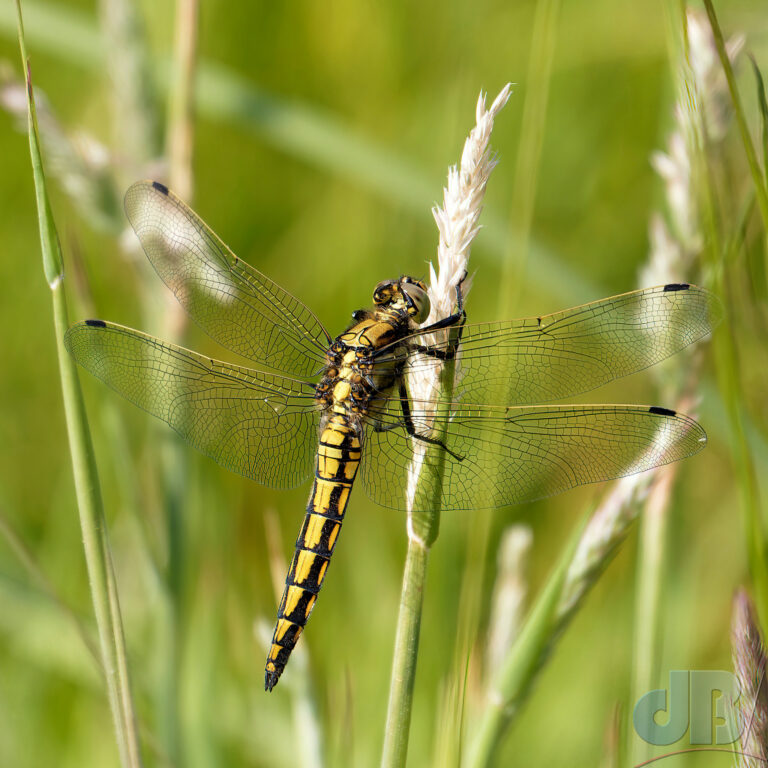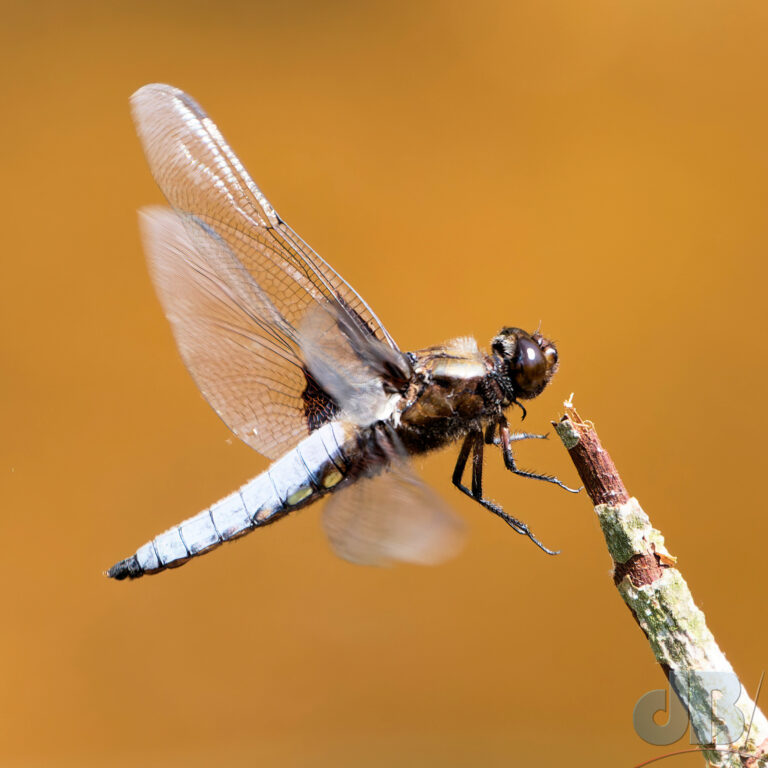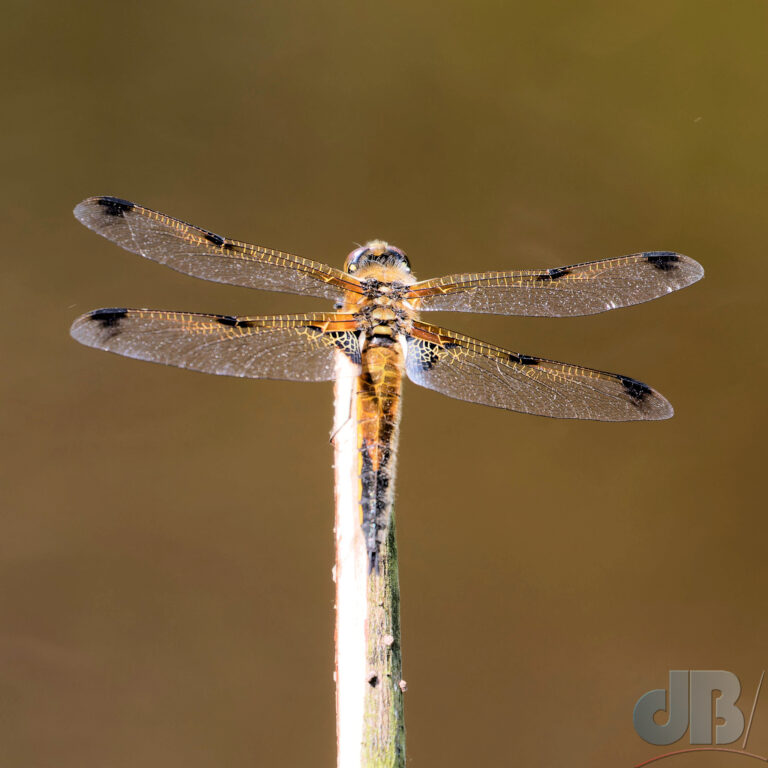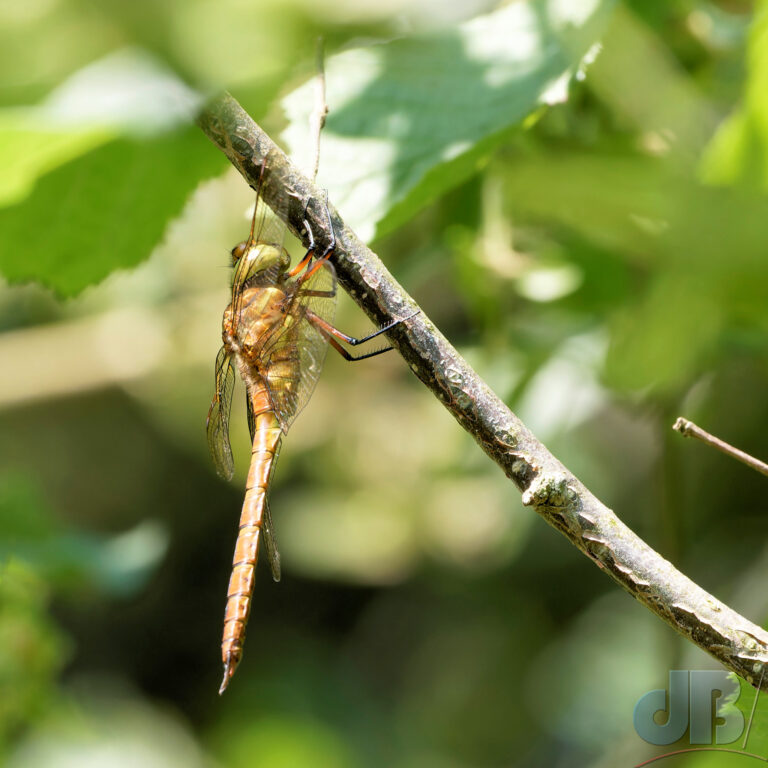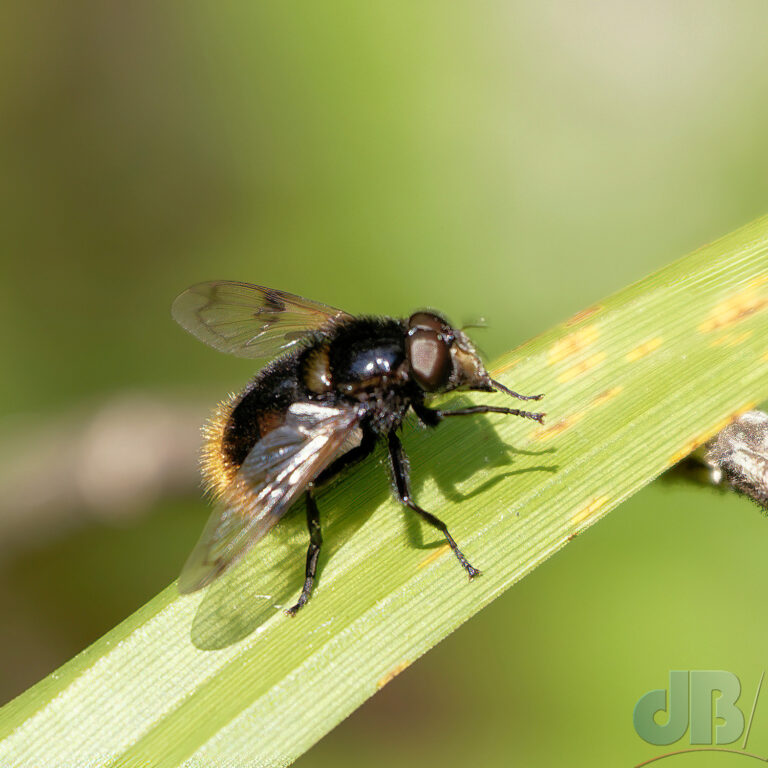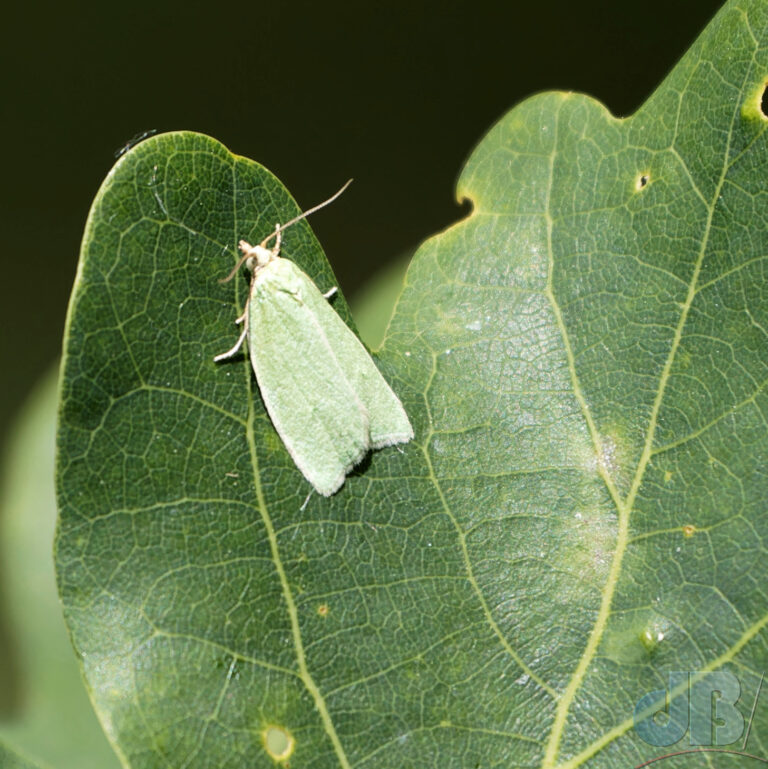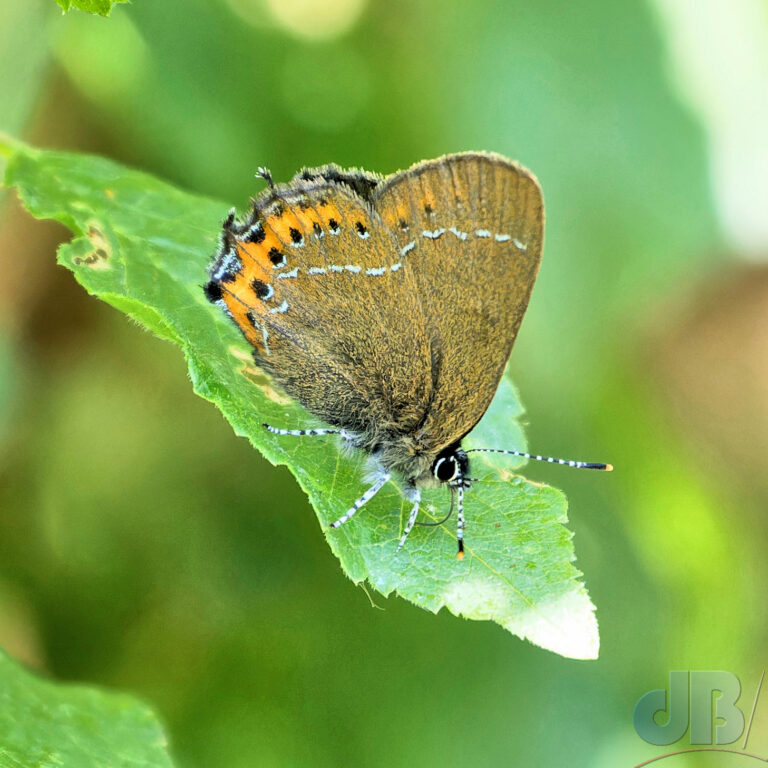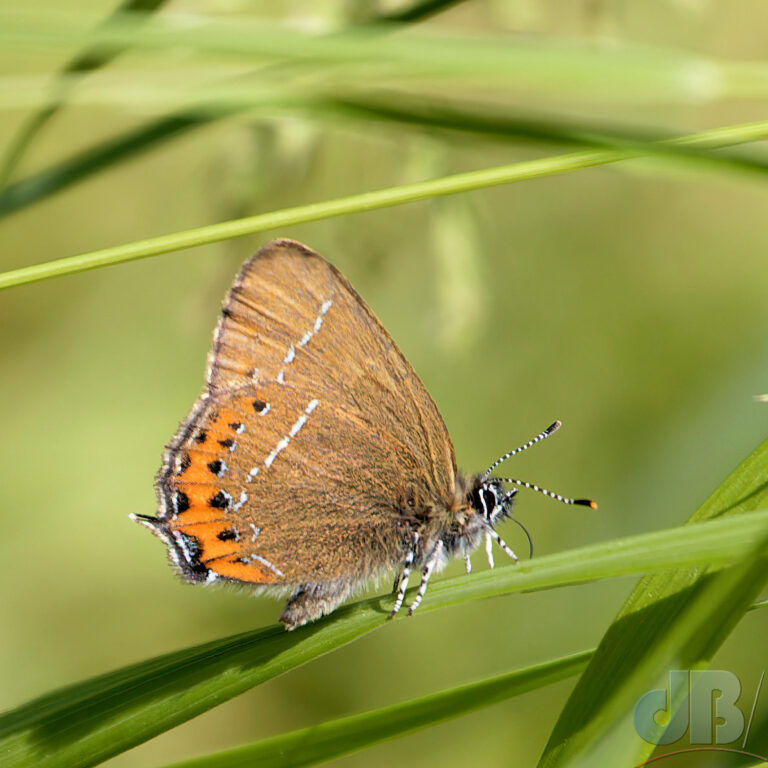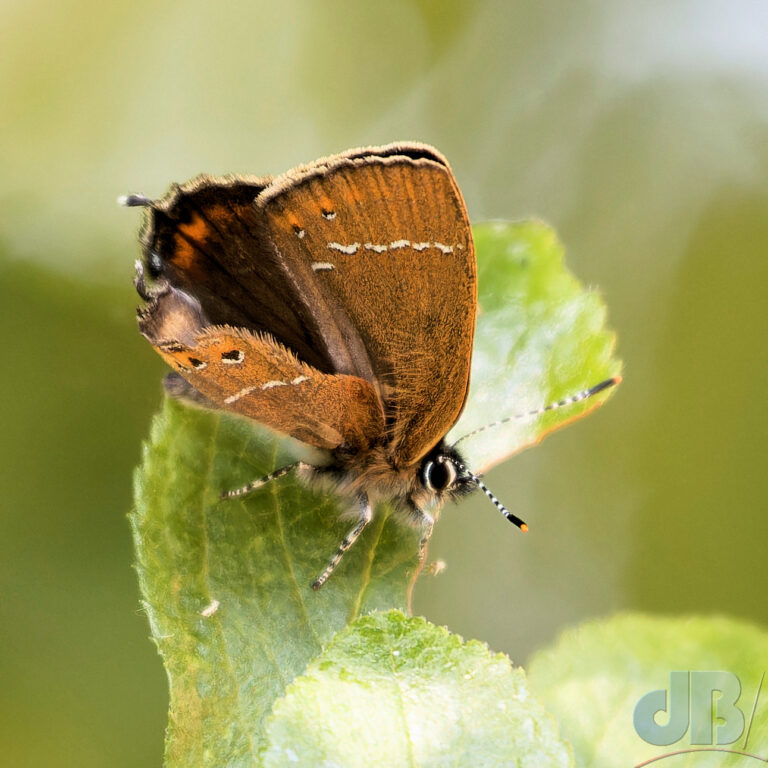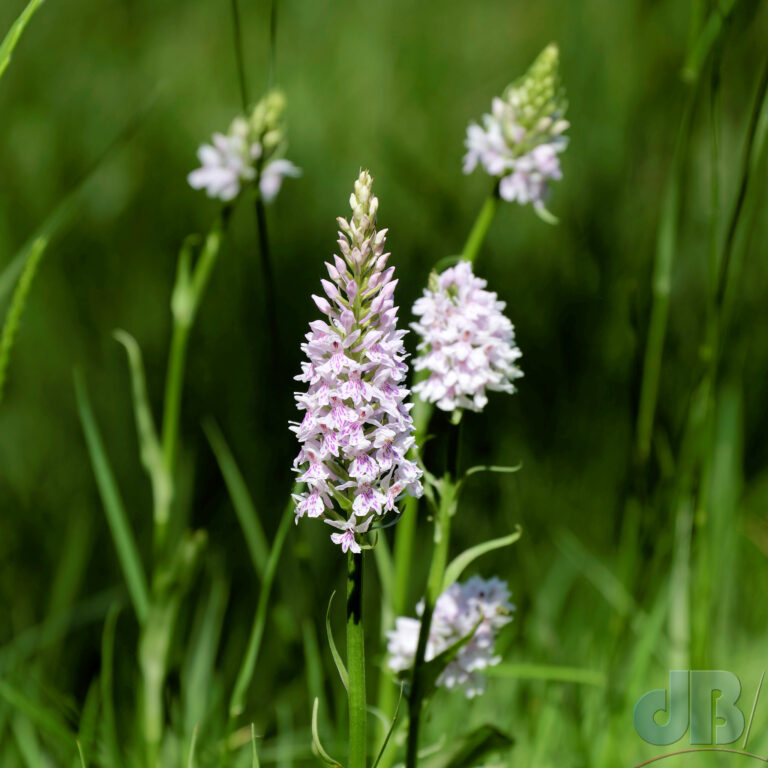Back in August 2019, before our last trip abroad (a wildlife and yoga holiday organised and run by friends), I bought a bridge camera. Much lighter in the luggage and easier to handle when trekking about in the Greek heat.
Well, that was the plan. In the end, I couldn’t bear not having a decent camera and lens for all the birds – Eleanora’s Falcon, Bee-eater, Sardinian Warbler, Blue Rock Thrush, Red-rumped Swallow, Lesser Kestrel, Honey Buzzard, Black Stork, and many others. So, I took my old Canon 6D and the Sigma 150-600mm. I wouldn’t have realistically got the shots I did even with the so-called 60x zoom of the bridge camera I’d bought – Panasonic Lumix DC-FZ82. That 60x zoom means it goes from the 35mm-frame equivalent of a very wide 20mm to a superzoom of 1200mm, on its tiny sensor. The purchase was at the time a mistake; the camera has languished in a cupboard unused and unloved ever since to my chagrin.
However, something changed in the air this summer and I thought I’d dig out the camera again to do some experiments. What had changed? Well, the wind picked up and the overnight temperatures dropped meaning that moth diversity and numbers in the garden have plummeted in the last few days . So, apart from a couple of micros, I’ve not really had any new species to photograph in my macro studio with dSLR setup (Canon 7Dii and Tamron 90mm 1:1 macro lens). The most exciting moths in the trap* last night were a couple of Box-tree moths, the very familiar grass veneers, a solitary Scalloped Oak, and just one Large Broad-bordered Yellow Underwing (LBBYU).
I thought I’d dig out the Lumix and see how it fared with macro photography on these two specimens. Obviously, I have half-decent photos of both of those with my dSLR macro kit from previous seasons. The macro mode on the Lumix is pretty good, it lets you get to within 10mm or so of the subject. Obviously, that was too close to get the whole of the Scalloped Oak, perched on a matching chunk of wood, in the frame. But, I took a few shots anyway. They were okay. The quality of the basic single-frame shots doesn’t really match my dSLR setup but the focus stacking feature is handy and I gave that a try with the Scalloped Oak. To be honest, it works, but the image quality isn’t as good as the macro function on my phone.
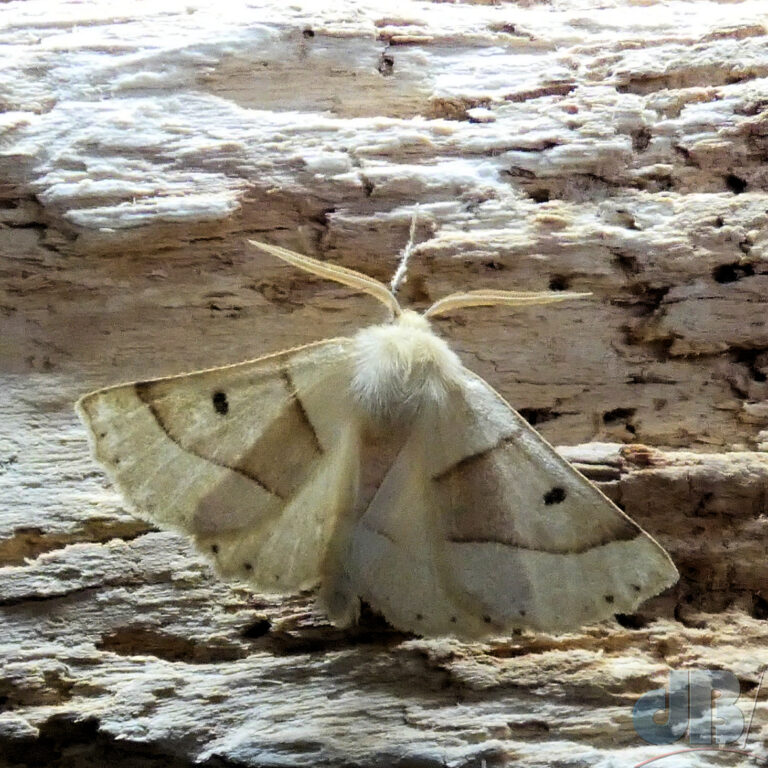
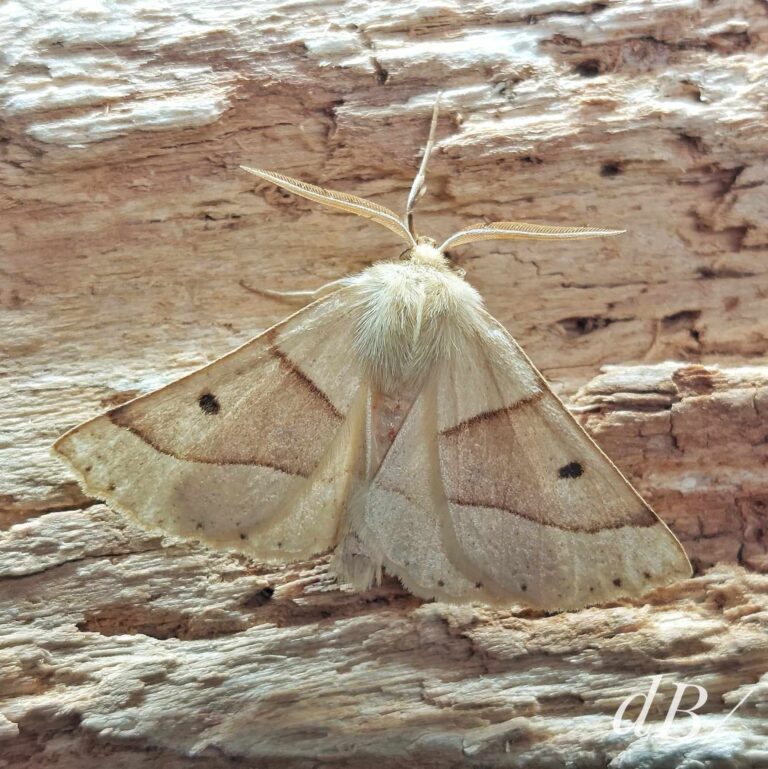
I then turned to another perhaps more useful feature I’d remembered on the Lumix – recording a 4K snippet of video from which you can then pick the best single frame and save it as a 4K photo. Now, this is something that’s not available with old dSLRs like my Canon 7Dii or the older 6D.
In order to test this feature and see if I could get a decent shot of the LBBYU’s yellow-marked rear wings, I released the moth from its and let it fly up against my studio window. I’d set the camera EV to somewhere between +2 and +3 above neutral exposure to compensate for the bright background and then recorded a few of those 4K video snippets as the moth flapped vigourously around the window. Unfortunately, they’re just blurry and noisy and not worth showing. I have in the past got better shots using burst mode with a dSLR and using the same EV over-exposure trick.
I think I will take the camera on our next trip abroad as the scenic shots are pretty good and much better than what I get with my phone.
*Skinner trap with Welmite 20W ultraviolet compact fluorescent tube.
